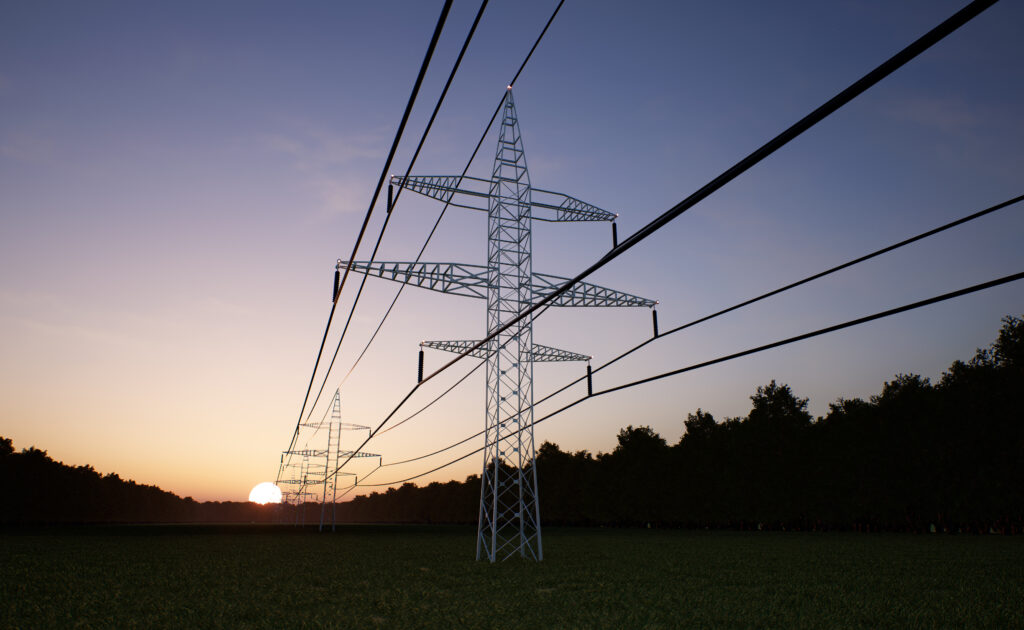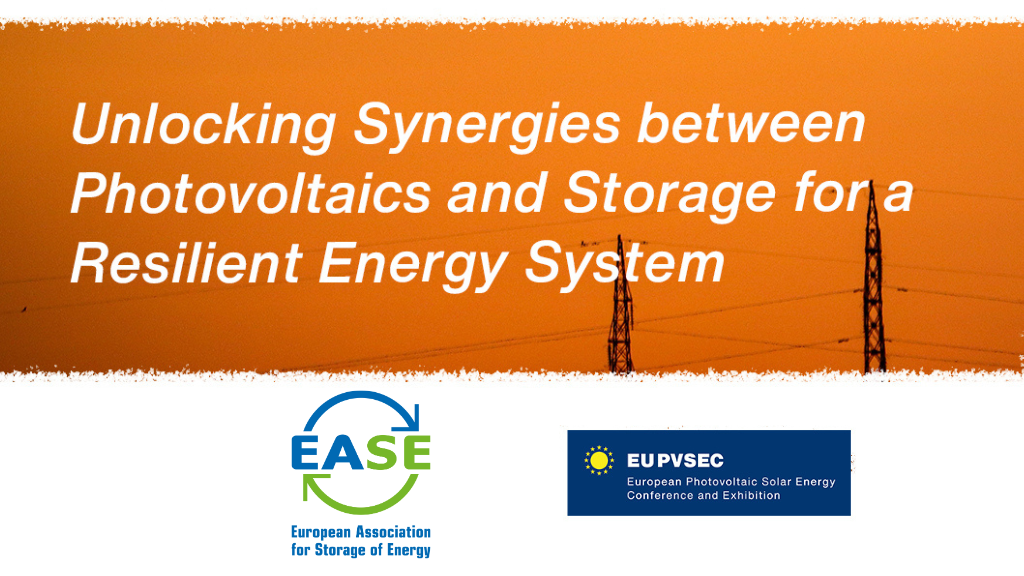21.11.2022 / Members News
Long duration energy storage to scale in second half of 2030s, says DNV
Long duration energy storage technologies like flow batteries, compressed air or gravity-based solutions look set to enter the market at scale in the second half of the 2030s, according to the DNV Energy Transition Outlook.
The global assurance and risk management provider’s annual flagship report on the global energy transition predicts a 16-fold increase in variable renewable energy source capacity over the next 30 years. This will increase the need for flexibility between two- and four-fold, a need which can be filled by energy storage.
As reported by our sister site PV Tech, DNV also expects solar power to account for 38% of all electricity production by 2050 and that one third of that will be from solar farms with co-located energy storage. This will be helped by the capture price advantage of co-located projects versus standalone PV surpassing the deployment cost differential between the two by 2038.
Part of that will be due to cost reductions on the battery side. The report estimates that current supply chain shocks have merely delayed lithium-ion battery cell costs falling to below US$100/kWh by a year and that over the longer term, an 80% reduction can be expected by 2050.
Solid-state batteries offer the best potential for the next wave in performance and cost improvements, it added, and newer battery chemistries have the potential to increase the speed at which batteries are deployed for energy storage. But, DNV doesn’t see these deviating too far from its long-term ‘learning rate’ annual average cost reduction of 19%.
On discharge durations, the report gave its view on the relationship between deployment levels and duration across global energy storage markets. When storage capacity exceeds 0.5% of grid capacity, BESS units tend to shift towards capacity provision (mainly through price arbitrage) and away from merely providing frequency response services.
As this trend continues, longer duration batteries like flow, zinc-based, compressed air and liquid air batteries or gravity-based solutions will have more value. DNV expects these to enter the market at scale in the second half of the 2030s.
Discussing seasonal storage, which requires durations of days or months, the report discussed gas storage as much as electricity storage. It cited the ACES Delta green hydrogen project in Utah as a good example of a large-scale project in development.
DNV, although conceding it is the least cost-effective use of the technology, expects green hydrogen for electricity storage to start being used in North America from the 2040s, and more widely by the middle of the century.
The report is also bullish on the role that vehicle-to-grid (V2G) technology can play, saying that from 2040 onwards its impact will almost be as large as that of stationary lithium-ion battery energy storage systems (BESS) and pumped hydro energy storage, at 220TWh a year. Energy-Storage.news recently wrote about the challenges in scaling V2G in the consumer vehicle space.




